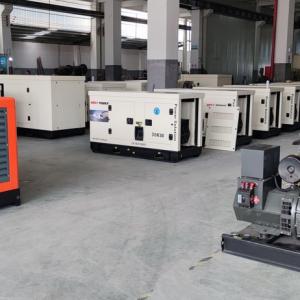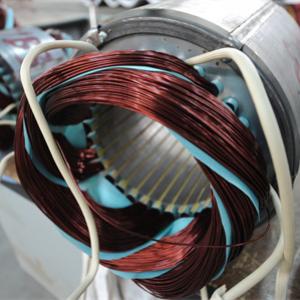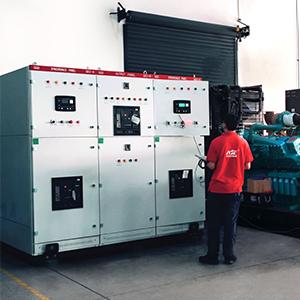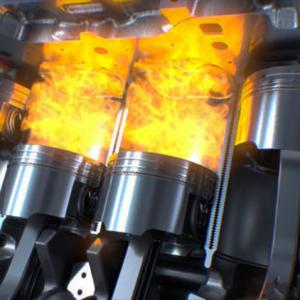Methods and skills of disassembling and assembling motor (II)
The disassembly method of the end cover of the motor is as follows:
1. To avoid mistakes during assembly, mark the joint between the casing and the end cover before disassembling the end cover.
2. Before removing the sliding bearing end cap, drain the grease (oil) first, and lift and bind the oil ring.
3. For slip ring or commutator motor, take out or lift and bind the brush firmly, and mark the position of the brush holder. Pay attention not to damage the brush and lifting device during disassembly.
4. For motors with roller bearings at the load end, the non load end should be removed first.
5. Generally, small motors only need to remove the end cover on the fan side, first remove the screws on the end cover, and then extract the rotor, end cover, bearing cover and fan together.
6. For large and medium-sized motors, due to the heavy rotor, it is necessary to remove the end caps on both sides. When removing the two-sided end cap, loosen the upper cap screws first, then loosen the lower cap screws, then uncover the upper cap, pry it open, remove the upper tile, take out the oil ring, remove the lower tile, and remove the lower cap. In order to facilitate assembly, the loaded end and non loaded end shall be marked during disassembly.
7. When removing the end cover of rolling bearing, remove the small cover first, and then remove the screws of the large cover and remove the large cover.
8. In order to prevent the stator and rotor from being damaged by collision, insulating cardboard should be padded in the air gap after removing the end cover.
9. The removed small parts shall be stored in a special part box, and each group of parts shall be assembled together as is to facilitate the general assembly.
The extraction method of motor rotor depends on the structure and weight of the rotor and the lifting equipment used on the repair site.
There are four common methods to extract the motor rotor:
1. The rotor of small motor can be taken out directly from the stator by hand, as shown in the figure below, but attention should be paid not to scratch the iron core and winding.
2. When the rotor fan of the motor is larger than the inner hole of the stator, the rotor shall be pulled out from the side of the fan; For motors with slip rings or commutators, extract the rotor from the slip ring or commutator side. At this time, the fan, slip ring or commutator need not be removed.
3. If the motor rotor is heavy and the shaft extension is long, a crane can be used to extract the rotor. During operation, hang the rotating shaft with the steel wire rope of the crane, as shown in (a) in the following figure, slowly move the center of gravity of the rotor to the outside of the stator, and then place its moving end on the support padded with insulating cardboard, as shown in (b) in the following figure. At this time, the crane wire rope is tied to the center of gravity of the rotor, and the rotor can be lifted out. When the rotor shaft of the motor is short, and the center of gravity of the rotor cannot move out of the stator, a steel pipe (dummy shaft) with appropriate length can be added to the shaft.
Take extra care when pulling out the rotor to prevent the stator winding from being scratched. If necessary, put insulating cardboard on the end of the coil to protect it, as shown in (c) in the following figure.
4. For rotors that cannot be equipped with dummy shafts, the rotor can be extracted by twice. That is, first pull out the rotor with double hooks. After pulling out a certain length, put the extracted rotor part on the support with adjustable height, and the part in the stator is temporarily supported on the stator core, as shown in the figure below. After that, lift and extract the rotor.
After the motor rotor is pulled out, check the coil, iron core, slot wedge and end binding in time for bumps. If there is any bruise, it should be repaired in time.





